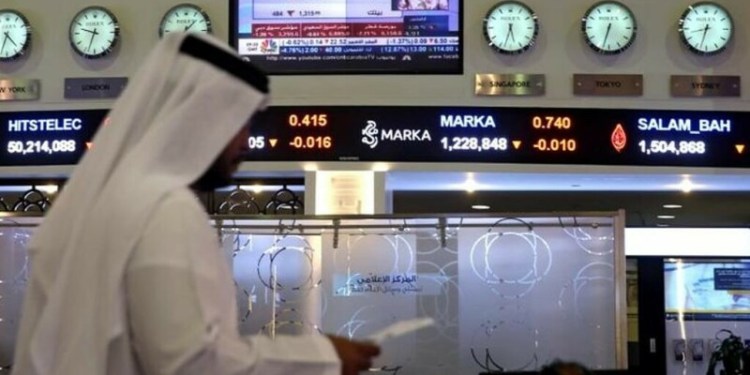Investing.com – Oil prices were flat on Wednesday morning in Asia, having edged up slightly after two days of decline.
for April delivery were trading at $60.81 a barrel in Asia at 10:40pm ET, up 0.16%. for May delivery, traded in London, were up 0.09% at $64.70 per barrel.
Support came from China, where January-February domestic crude oil production dropped 1.9% on the year to 30.37 million tonnes, equivalent to 3.77 million barrels per day (bpd), according to data from the National Statistical Bureau. Meanwhile, crude oil throughput increased 7.3% to 93.4 million tonnes, pointing to a need for more imports.
China’s rose 7.2% in the first two months of the year compared with the same period last year, surpassing expectations of a 6.1% growth.
At the same time, during the spring season now starting, U.S. are not rising as much as expected, implying healthy demand.
However, oil markets remain relatively weak. Prices have strayed far from their January highs of almost $67 for WTI and over $70 per barrel for Brent.
While the Organization of the Petroleum Exporting Countries (OPEC) has been propping up prices by cutting output, the U.S. has been capping prices by ramping up production.
OPEC has been reducing output by around 1.2 million bpd since January 2017. The U.S., on the other hand, has increased its output to 10.37 million bpd, beating top exporter Saudi Arabia and by late 2018 will surpass top producer Russia, which pumps out nearly 11 million bpd.
Estimates by the Energy Information Administration (EIA) show global supplies will rise above 100 million bpd for the first time in the second quarter of 2018, while demand will only surpass that level in the third quarter, implying an oversupplied market.
Fusion Media or anyone involved with Fusion Media will not accept any liability for loss or damage as a result of reliance on the information including data, quotes, charts and buy/sell signals contained within this website. Please be fully informed regarding the risks and costs associated with trading the financial markets, it is one of the riskiest investment forms possible.
Source: Investing.com



























